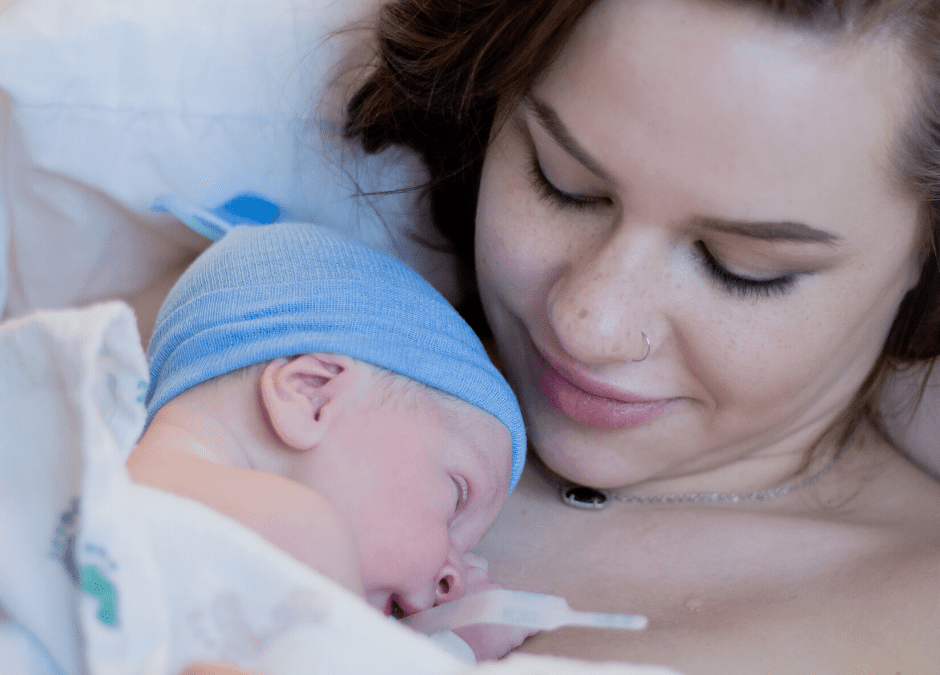Pelvic floor problems are common in women, and one of the main risk factors is vaginal delivery.
There is a growing awareness of the damage that can occur to the pelvic floor muscles and the perineum (the skin between the vagina and the anus) during a vaginal birth. Thankfully with more research in this area we are learning about what can be done to help.
The following factors have been found to increase the likelihood of damage during childbirth. This includes damage to the perineum and anal sphincter muscles, or to the pelvic floor muscles.
• Mother being overweight
• Baby weighing more than 4kg at birth
• Baby having a large head (over 35.5cm)
• First time Mum
• Instrumental delivery (more risk with Forceps than Ventouse)
• Mother aged over 35 years
• More than 1 hour second stage (pushing)
• Baby with posterior presentation (back of baby’s head is against mother’s back)
• Previous 3rd or 4th degree tear (perineal tear extending to the anal sphincter muscles)
• Family history of birth trauma (mother or sister)
Vaginal delivery also increases the likelihood of bladder leakage, loss of bowel control, and prolapse. This may occur in the weeks following the birth, but could also not occur for many years.
What can you do in pregnancy to help offset these risks?
• Keep weight gain at the right level
• Physical exercise – see below
• Treat bladder leakage (see a pelvic floor physio if you are unsure, for help with pelvic floor muscle training and advice)
• Avoid constipation or straining – laxatives or fibre supplements may help (speak to your midwife or GP), advice from a pelvic floor physio on bowel emptying, diet and exercise, fluid and fibre intake, and good bowel routines.
• Preconditioning of the pelvic floor muscles prior to the birth. Good strength, endurance and functional use encourages more robust muscles, with a better awareness of how to let go and relax when pushing
A note on physical exercise in pregnancy
We know that exercising safely in pregnancy helps:
• Reduce the chances of having a large baby by 31% (but exercise does not cause increased risk of having a small baby)
• Reduce the chance of Caesarian section by 20%
• Prevent or manage gestational diabetes
• Improve pelvic floor muscle function
• Manage weight gain and keep it at an optimal level for both mother and baby
There are many other benefits of exercise in pregnancy. Click here for more information.
To find out more about the recommended guidelines for exercise in pregnancy, click here.
Postnatal rehabilitation
At Pelvic Health Physiotherapy, our focus is to help with both prevention and treatment of pelvic floor problems. We see many pregnant and postnatal women and we’re happy to discuss risk factors. We will guide you through a pelvic floor muscle rehab programme.
We also give advice on lifestyle modifications to reduce stress on the pelvic floor.
This includes advice on:
• Bowel management and avoiding constipation or straining
• Heavy lifting
• Weight control
• What to do when coughing or sneezing
We can let you know when it is safe to return to exercise after birth, once your pelvic floor muscles have regained their function. We can also advise on what sort of exercise is suitable for you at the stage you are at. This depends on what sort of birth you had, and how well the muscles have recovered. Sometimes modifications to exercise are required. We can provide support pessaries if the pelvic floor is not yet strong enough, but you are wanting to do higher level exercise.
Click here to find out about our pregnancy and postnatal WOF assessments.
Long term pelvic floor care
Once your pelvic floor muscles are functioning as well as they can, we will give you advice on long term maintenance exercises, to keep them in good shape throughout your life.
We also advise on simple lifestyle modifications that can help you to prevent unnecessary stress on the pelvic floor, potentially contributing to issues such as prolapse or incontinence later on.
Please don’t hesitate to get in touch if you have any questions, and remember even if you had a baby many years ago – it’s never to late to seek help!

